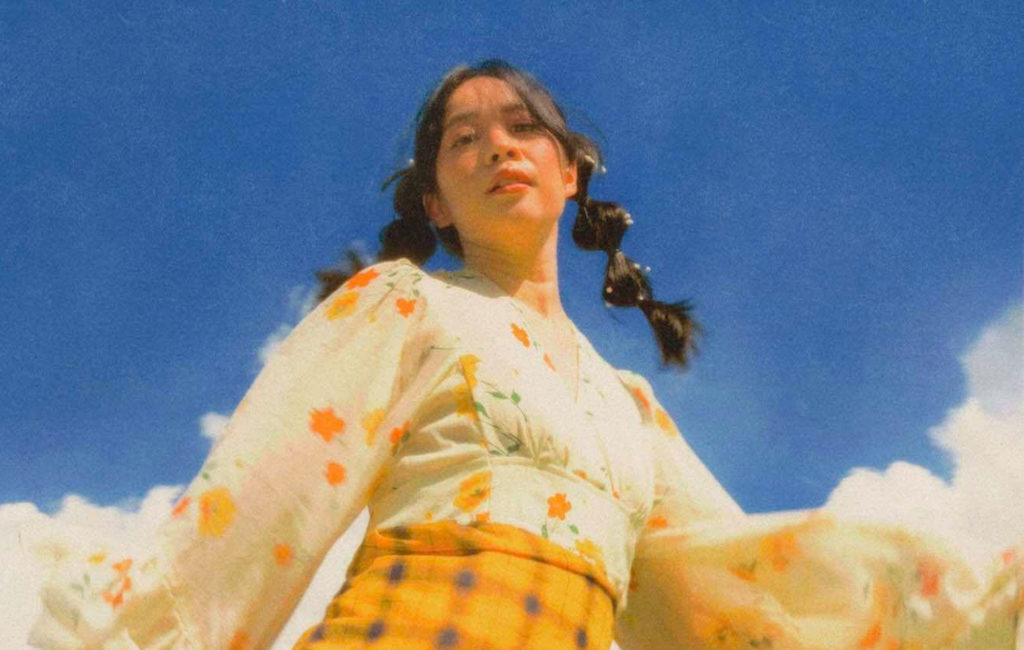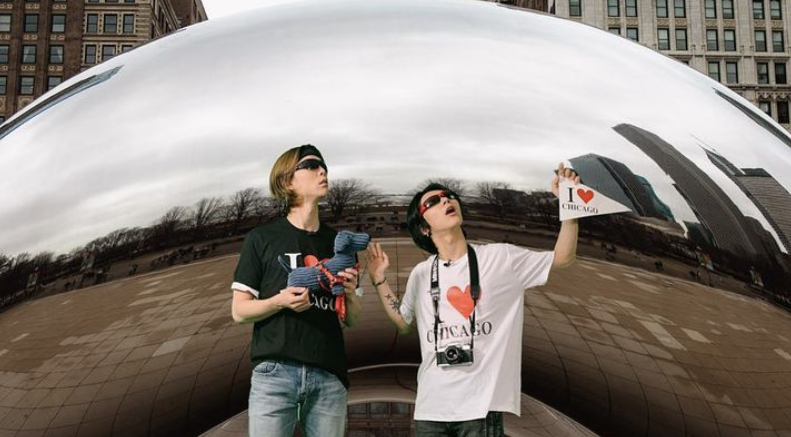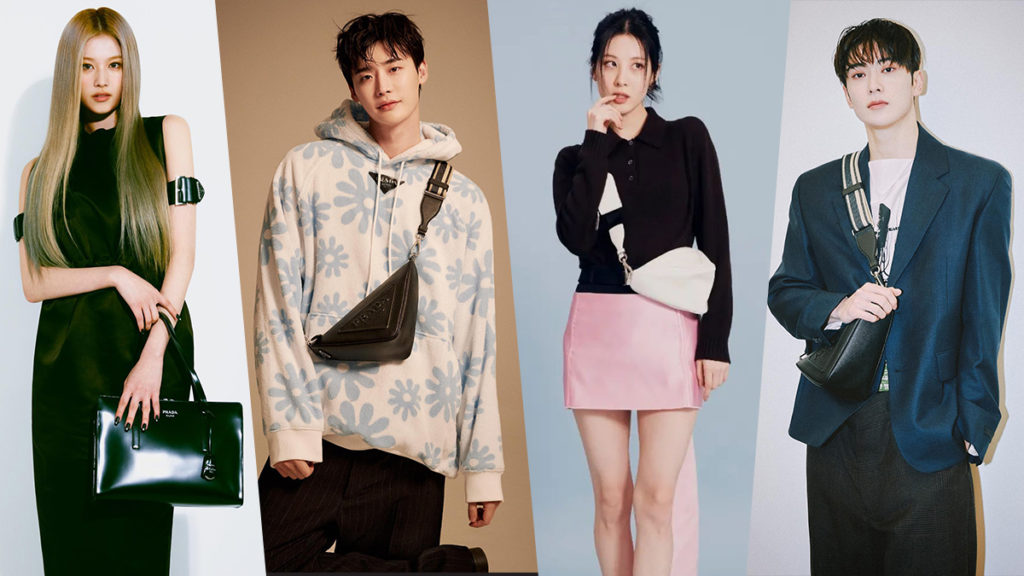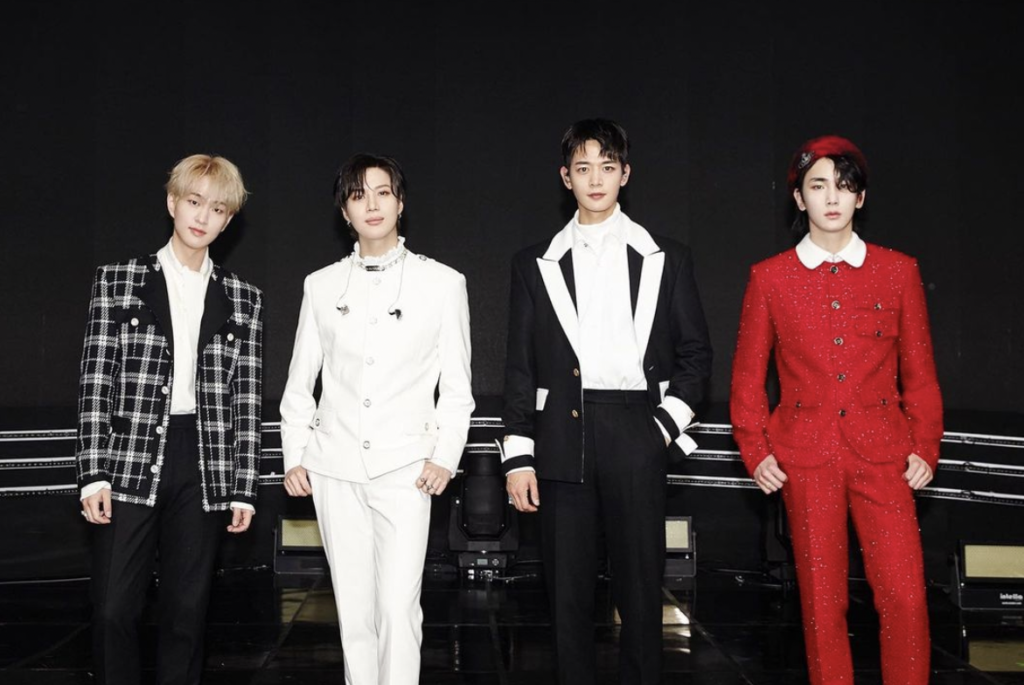Building a Space: How the Everyday Person has Taken Part in Fashion and Beauty
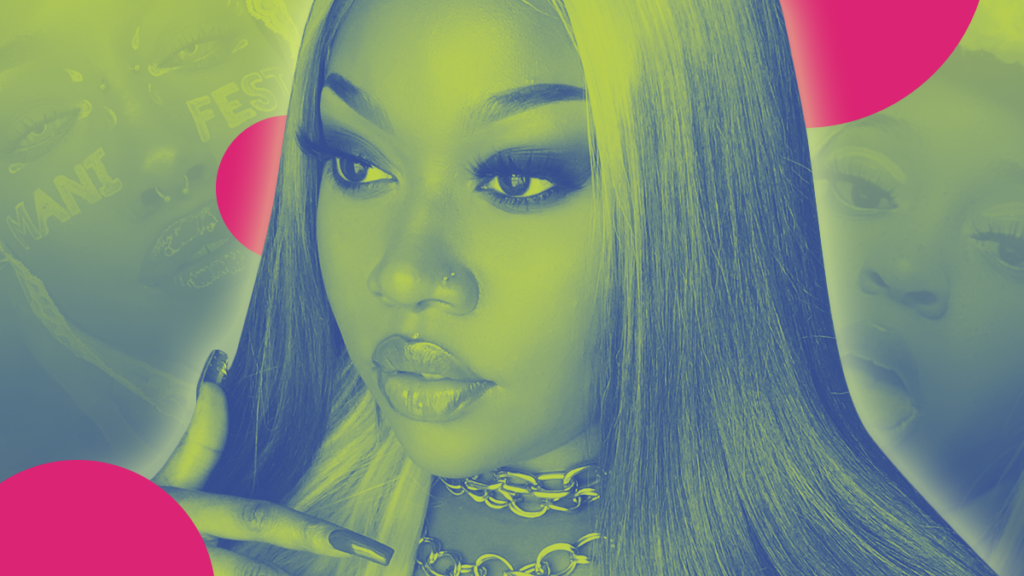
By Ellie | @filthydinosaurs
In June of this year, Anna Wintour sent an internal email to her Vogue staff apologizing for Vogue’s shortcomings towards Black creatives within the company. She commented on how the publication had not been able to find “enough ways to elevate and give space to Black editors, writers, photographers, designers, and other creators” as revealed by Page Six. In response, Black creatives across all platforms decided to take part in the “Vogue Challenge”.
Black social media users and creatives all over the world created their own versions of a Vogue cover, where they displayed ornate traditional outfits, elevated style, bold makeup looks, and a new vision for what Vogue could be. Many of the images went viral, setting the stage.
Social media users like Kyrese (@kyreseest on TikTok) demanded better from the industry. As someone known for their fashion and comedy, he discussed to EnVi the importance of Black people having spaces of their own. He was not the only person to feel this sentiment and as the June day passed by, a conversation had started.
TikTok: @kyreseest
When Black people aren’t given a seat at the table, they are able to build an entire house that is innovative and trendsetting. In building a community and space apart from big brands and fashion publications, creatives show that they are worth just as much—and more—as the big players in the fashion and beauty industry. They’ve also allowed for fashion and beauty to be accessible to every person.
With the domination of influencers, commentary channels, and young, Black brand owners, there’s been a shift in the ways people consume and participate in the fashion and beauty sphere. For too long, the industry has ignored Black people’s voices who are looking for representation to see themselves and have yet to measure up. Barring Black people from fashion and makeup, Black creatives found their own ways to get by. It was not long ago when most beauty brands’ darkest shades went to beige.
YouTubers like Nyma Tang discussed the issues with finding shades for dark-skinned, Black women. In the series “The Darkest Shade” she brought attention to the exclusion and lack of representation in the beauty industry. In 2017 with the launch of Rihanna’s Fenty Beauty, there was for the first time, a major scale-inclusive foundation launch of 40 shades. While Rihanna was already known by the general public due to her celebrity status, it was Black creatives across the internet who boosted the launch and demanded brands to do better with inclusivity. Nyma Tang was part of the many who took part in looking at the brand and letting Black people know that they have a space in makeup.
For there to be progress it is important to build up and organize spaces to be great. With access to phones, thrifted clothes, and makeup, the possibilities are endless. A plethora of users are able to create visual experiences for their followers to see and shift the ideas of what we see as fashion and beauty In relation to gender and expression. Creators like Khai (@Blackbirdkhai) who is a nonbinary black MUA, have used their platform to shift the ideas of gender and makeup. Now more than ever, we are seeing everyday people create vivid images using makeup and fashion. In being themselves and challenging the beauty standards set in society, we are seeing a revolution of what fashion and beauty should look like. Khai, in a discussion with EnVi expressed they are, “ So happy that I am seeing more people being out and being proud being nonbinary…gender fluidity does not always mean androgynous and recently I’ve been seeing more people being open to gender that isn’t necessarily fit into those categories”. For years, trans people have been left out of the conversation of beauty and fashion despite being some of the many influences that brands and designers draw from when creating pieces. With the growth of social media platforms, creators like Khai are showing that they too are able to be champions of change and progress in the fashion and beauty space.
Twitter: @kieraplease
Kieraplease (@KieraPlease), a popular cosplayer, musician, and influencer within the Black community spoke with EnVi on her experiences with fashion and social media. Using social media, she has been able to explore different styles of fashion from alternative, to preppy, and down to streetwear. Not only has she dabbled in fashion, but also has an extensive portfolio of cosplays and makeup looks. When asked what she thought about the proliferation of Black creatives on social media, she said, “I think the future is creating your own spaces, and it doesn’t necessarily mean divulging from high fashion spaces, but it could mean making your own high fashion spaces. But I think the future is definitely owning and creating it for the people so there is no gate-keeping.”
Twitter: @mimithenerd_
There are avenues of fashion, beauty, and make-up that could be the next biggest moment in fashion. Every day we see a Black social media user create a trend, bend the way in which we view fashion, or bring a new conversation to the table on how we can build and create. EnVi also spoke with Mimi (@Mimithenerd), a famously known Black cosplayer. Through cosplay, make-up, and fashion, she has used her platform to create a space for aspiring Black cosplayers and fashion/makeup enthusiasts. Every day, the communities built on social media are inspiring people to partake in new avenues despite them not adhering to the politics of what is “ugly” or “unacceptable”.
Clothing and make-up have always been ways in which people are able to express themselves. People are always dressing up and showcasing their own styles, and it’s just one of many ways we continue to see diversity in style. A great thing about dressing up is that anyone can partake in it. A familiar social media user Kia, famously known as the creator of the “Kick It” challenge, discussed her own take on fashion describing it to be a true art form.
She expressed, “It can be anything you want it to be. Fashion makes a statement without using words and that’s one of the main reasons why I love it. As a quiet child, it’s the main way I tell people who I am”. Other users like Aaliya (@markleesmama) explained that because of social media she’s “met so many like-minded people on social media so I feel confident and comfortable being myself most of the time. I don’t feel like I’m the only person that thinks a certain way or the only person that does a certain thing.”
People are now finding a community in ways that they would have never been able to before. Social media—in ways not done before—has allowed people to connect with one another across the world. Many communities on social media consist of people who do not fit the beauty standards set by traditional media. Black people have been able to come together and create a new vision for themselves. People are able to see those who look like them, dress like them, and enjoy the same hobbies as them all in one space.
Black people have been instrumental in the fashion scene because of their rich culture and innovative style. Though many fashion and beauty brands have excluded many Black folks for not fitting beauty standards today, Black people are creating better and bigger avenues for themselves that do not revolve around being accepted by others.
